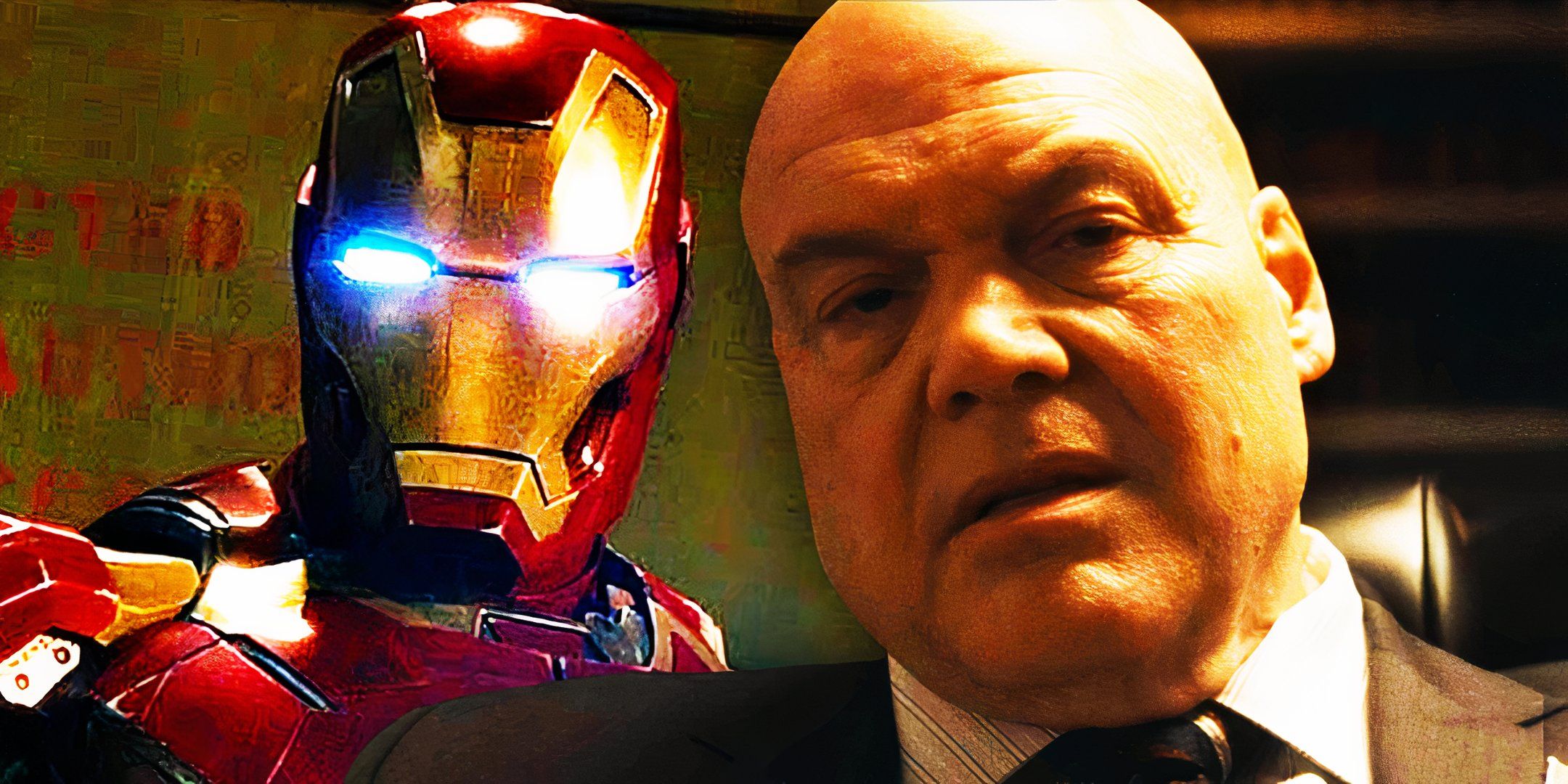I Think I've Figured Out Why So Many Jedi Fall To The Dark Side
Summary Despite a lifetime of training, many Jedi have fallen to the dark side.
Engaging in battles triggers Jedi to tap into aggression and the dark side.
Even the most powerful Jedi are susceptible to darkness in the midst of conflict.
Although the Jedi are meant to be the peacekeepers of the galaxy and the embodiment of the light side of the Force in Star Wars, they seem to constantly be holding back the dark side; now I know why so many of them turn. The temptation to turn to the dark side is a constant theme in Star Wars movies and TV shows. Particularly in the prequel and sequel trilogies, there is significant fear from the Jedi regarding the pull to the dark.
Indeed, even some of Star Wars' most powerful Jedi have danced the line between the light and the dark. In truth, though, this makes considerable sense—and it isn't entirely because of the nature of the dark side. I finally understand that this comes down to one key issue with the Jedi.
The Dark Side Is All About Aggression... & Jedi So Often Wind Up In Combat
Your browser does not support the video tag.
As Yoda says throughout Star Wars, tapping into one's fear and/or anger poses a major risk because it's the path to the dark side. For this reason, the Jedi are taught to control and calm their emotions. Presumably, though, engaging in battle would lend itself to feelings of fear and anger even with this training. While this may not have been as big a problem for Jedi in the High Republic Era, particularly before the events of The Acolyte, by the prequel trilogy, this was doomed to be a significant problem.
This inevitably made them more susceptible to the dark side, as they were constantly expected to act aggressively.
As soon as the Clone Wars began, the Jedi—Padawan learners included—were constantly thrown into battle. This inevitably made them more susceptible to the dark side, as they were constantly expected to act aggressively (by wiping out droids en masse and even by so strongly opposing the Separatists). All the training throughout their life never prepared them for this situation, as they'd not been raised to be soldiers, and the realities of war undoubtedly caused newfound feelings of fear and anger.
There are a number of great examples of this in the prequel trilogy era. In Star Wars: The Clone Wars, this can perhaps best be seen with Barriss Offee, who began in the show as a gentle and loyal Padawan but developed into someone enraged after seeing the painful impact the war was having on the galaxy. This led to her blaming the Jedi and, ultimately, turning to the dark side.
Of course, Anakin is yet another perfect example of how the need to tap into aggression goes hand-in-hand with tapping into the dark side. At the beginning of Star Wars: Episode III - Revenge of the Sith, Palpatine exploits this very fact, convincing Anakin to kill Count Dooku following the heat of battle. After so much moral ambiguity about Jedi violence and aggression throughout the Clone Wars, Anakin does so.
Dominance Is Of The Dark Side
Close
As pointed out in a YouTube video posted by Generation Tech, Jedi likely did tap into the dark side as a way to win in battle against a particularly tough opponent. Specifically, he (very rightly) says, "They're human, not gods. They don't want to die."
This is a key element of the issues with Jedi engaging in battles, especially as frequently as they were during the Clone Wars. A battle is all about being the one to come out on top and survive. When confronted with true threats, the Jedi would have done what they could to protect themselves, and, at times, this required using their emotions to overtake their opponent. In fact, as this video points out, this is precisely how Jecki Lon managed to remove the Stranger's helmet in The Acolyte; she used her anger, which is why she yelled like she did.
Jedi May Be Peacekeepers, But They Will Always Be Tempted
Close
Even beyond Jecki Lon, The Acolyte makes it clear how dangerous the Jedi's more aggressive behaviors can be. This is true even when they take these actions in self-defense. Sol killing Mother Aniseya is proof of precisely that; he genuinely feared for his life, so when Mother Aniseya turned to smoke, he attacked.
Related Why Did Sol Kill Mae & Osha's Mother The Acolyte episode 7 finally revealed what really happened on Brendok 16 years ago, including that Sol killed Mother Aniseya for complex reasons.
This, ultimately, is why so many Jedi turn to the dark side. In the prequel, original, and sequel trilogies, the Jedi were constantly facing threats that required them to battle an opponent, at times to the death. In fact, even Luke Skywalker, arguably one of the purest Jedi in the entire franchise, briefly lost control in his battle with Vader in Return of the Jedi. When Vader threatened Leia, Luke tapped into his anger, nearly killing Vader.
However, it is about to be a new era of Star Wars, and this may change. Rey's upcoming Star Wars movie is set 15 years after Star Wars: The Rise of Skywalker, marking a brand-new point in the Star Wars timeline. Perhaps, finally, the Jedi will learn from the mistakes of the past and truly return to being peacekeepers in Star Wars.
Source: Generation Tech











COMMENTS